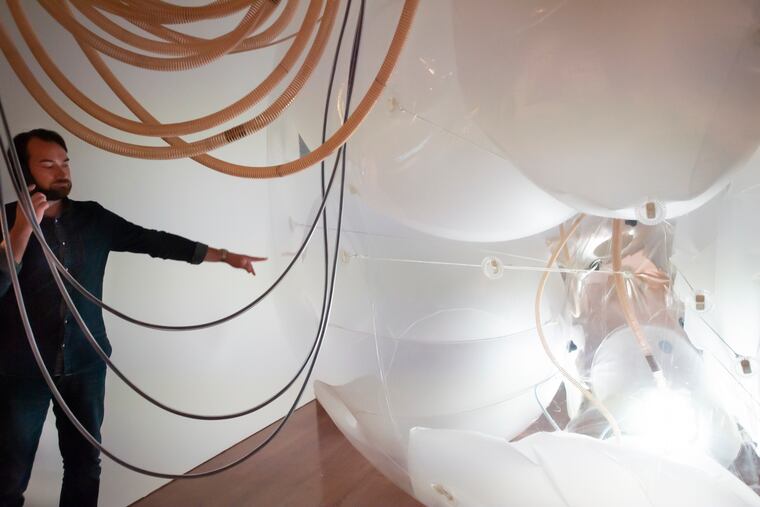Philadelphia Museum of Art’s vast new design exhibit confronts our robot overlords, with all their hot-mess issues
"Designs for Different Futures" premieres here Tuesday. It will move on to Minneapolis and Chicago after that.

"Designs for Different Futures" premieres here Tuesday. It will move on to Minneapolis and Chicago after that.
